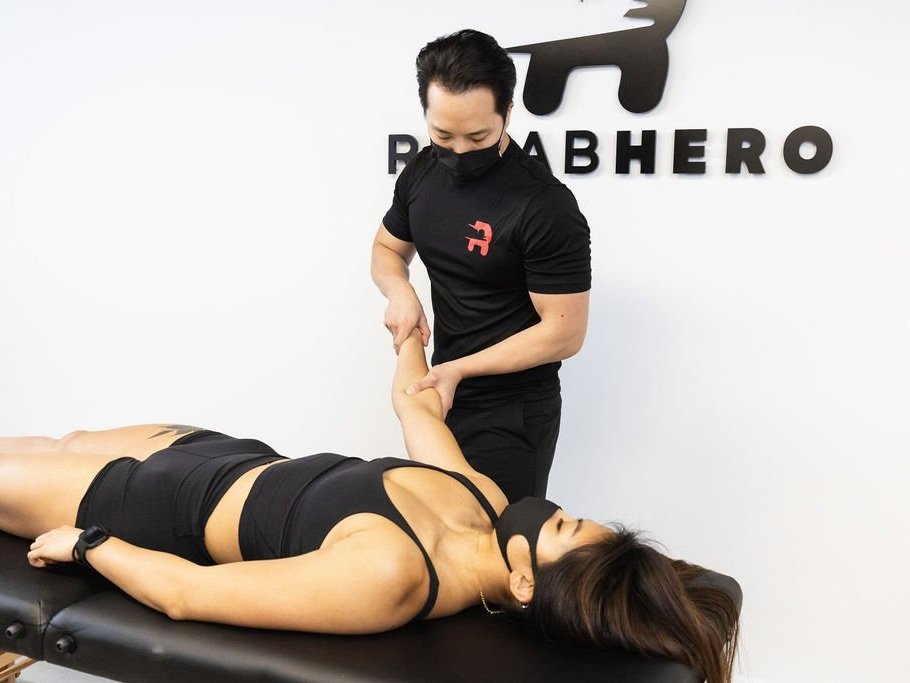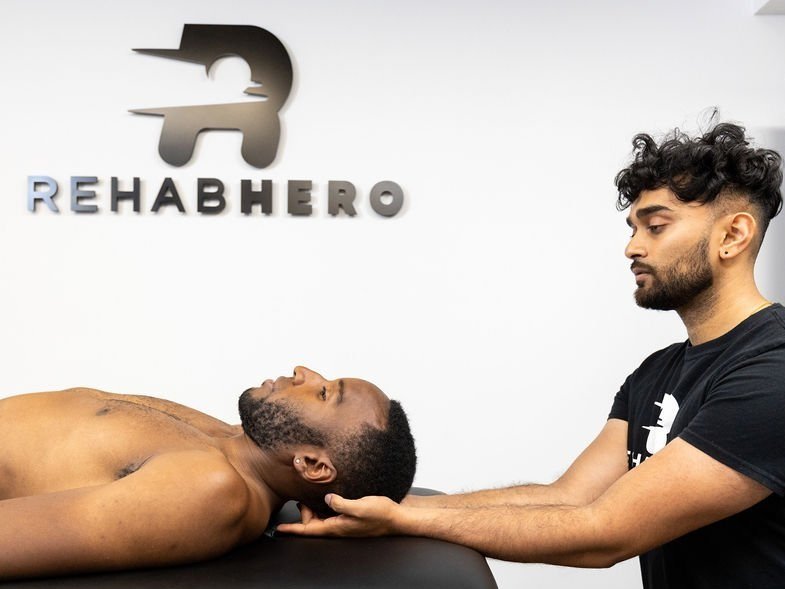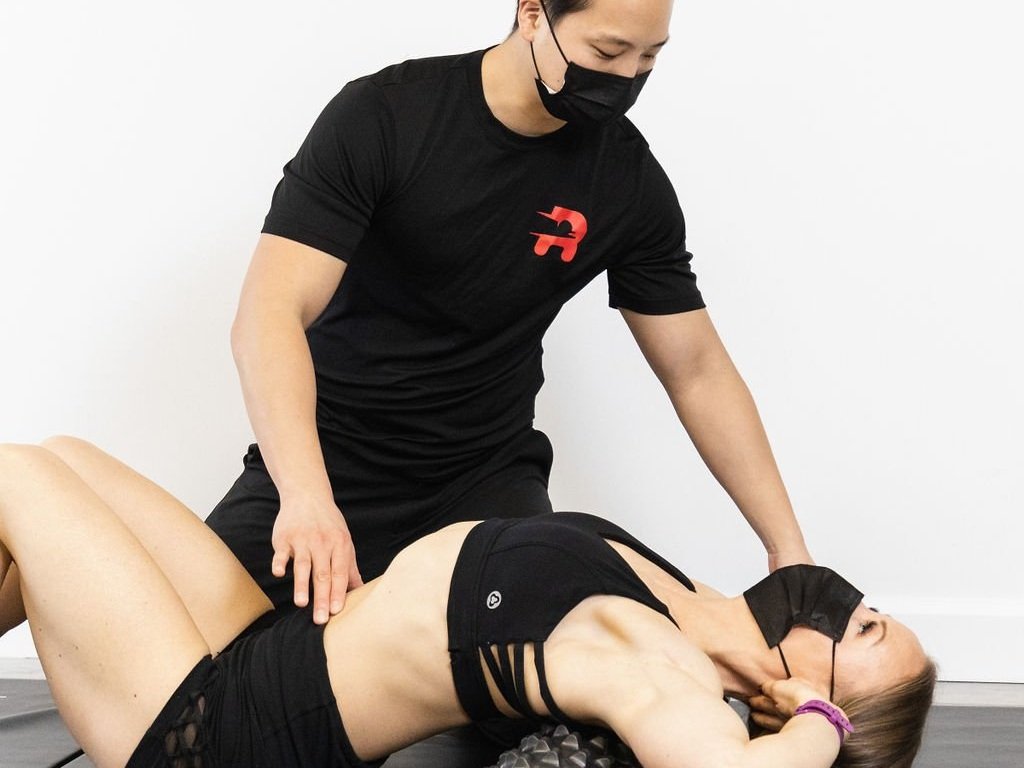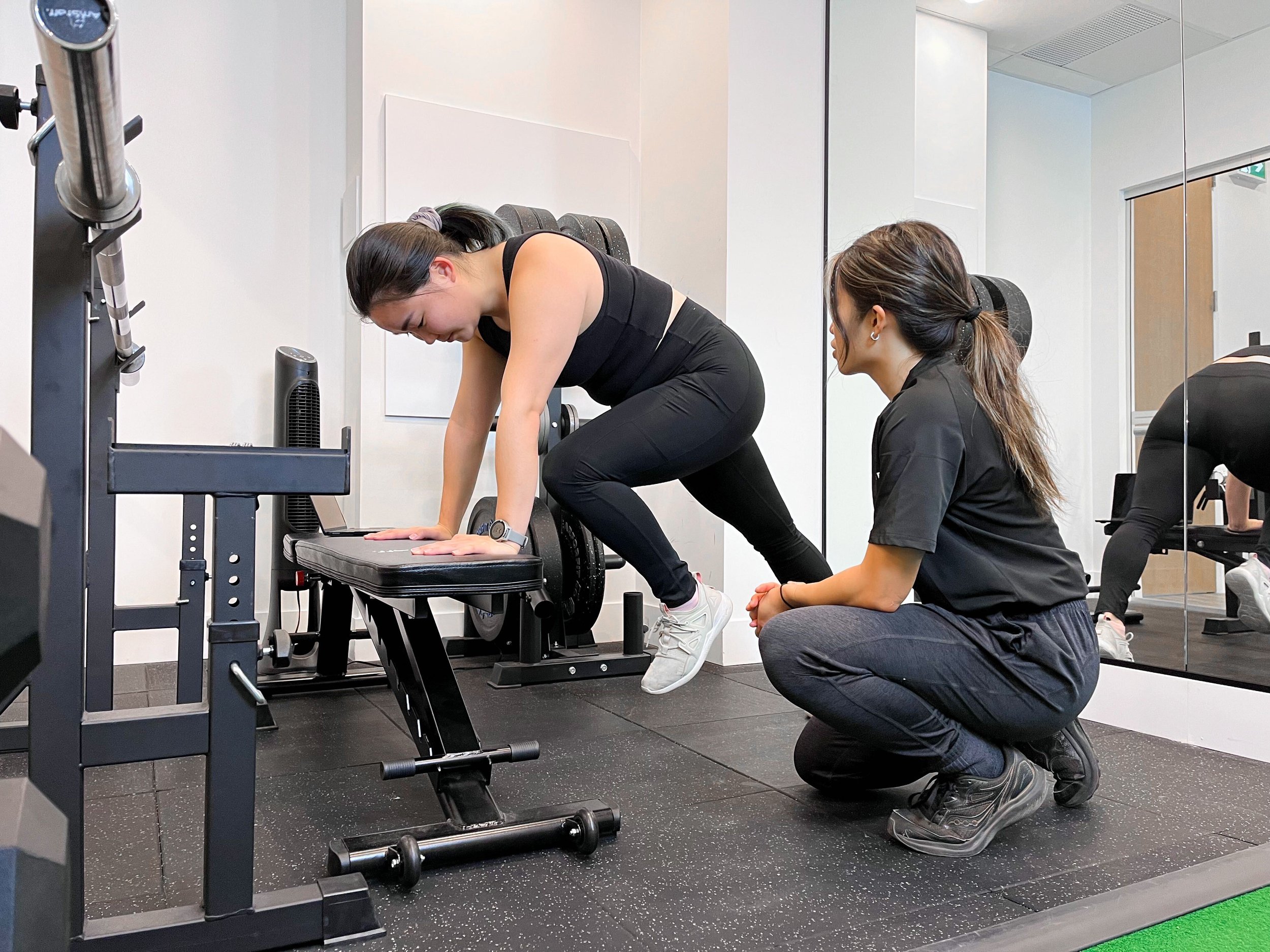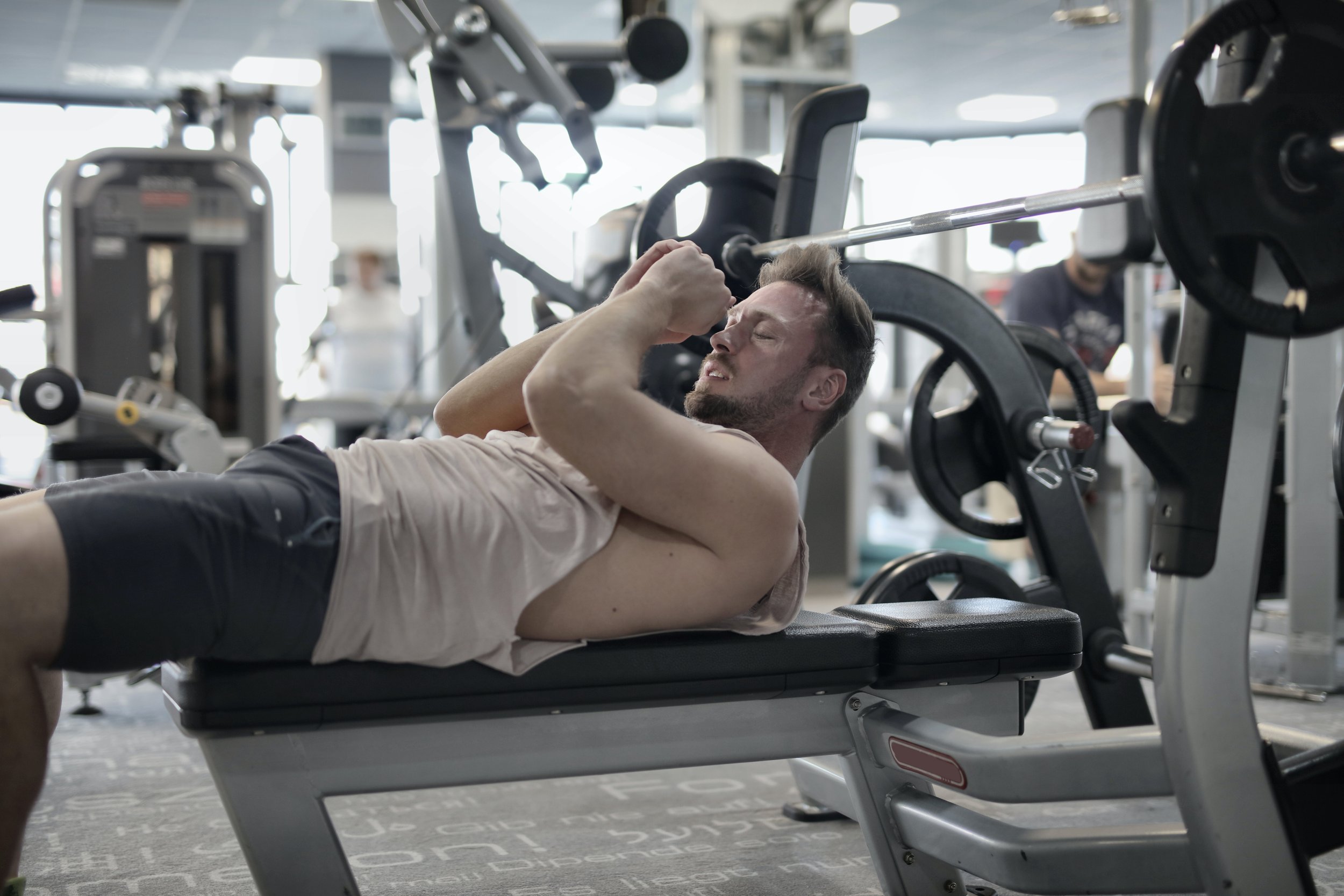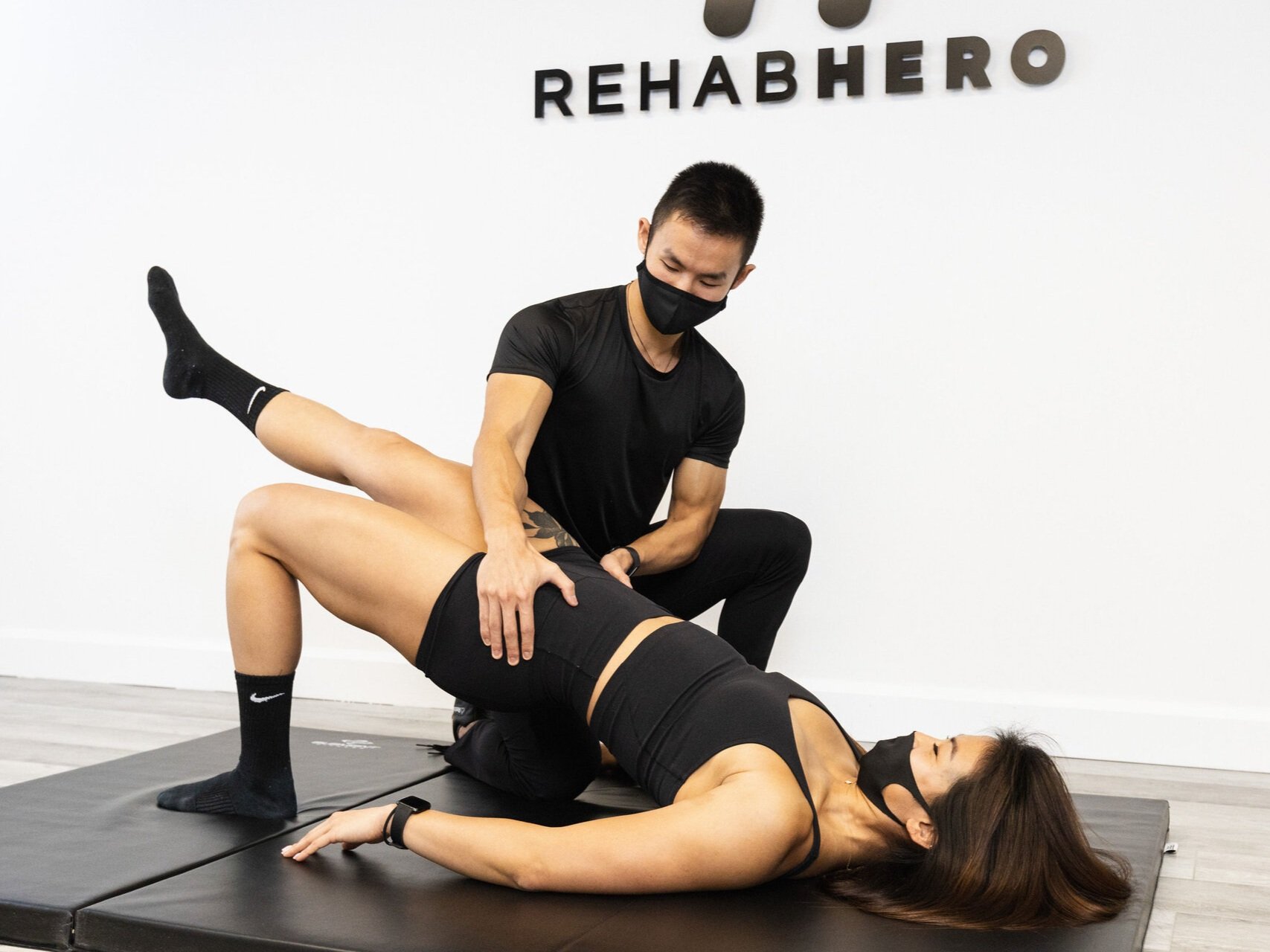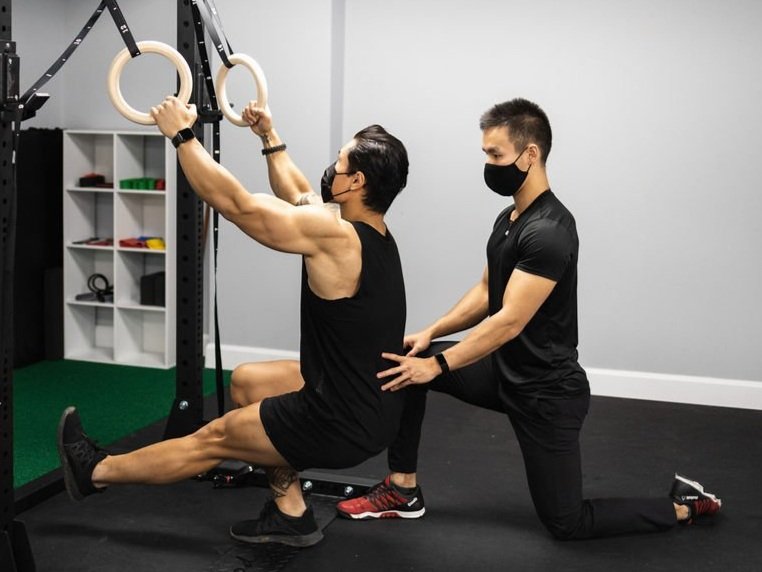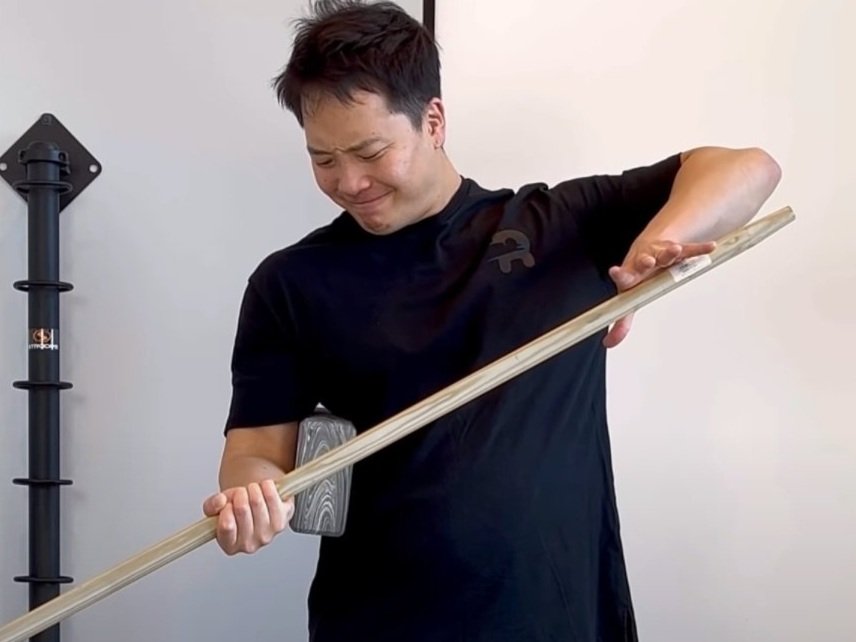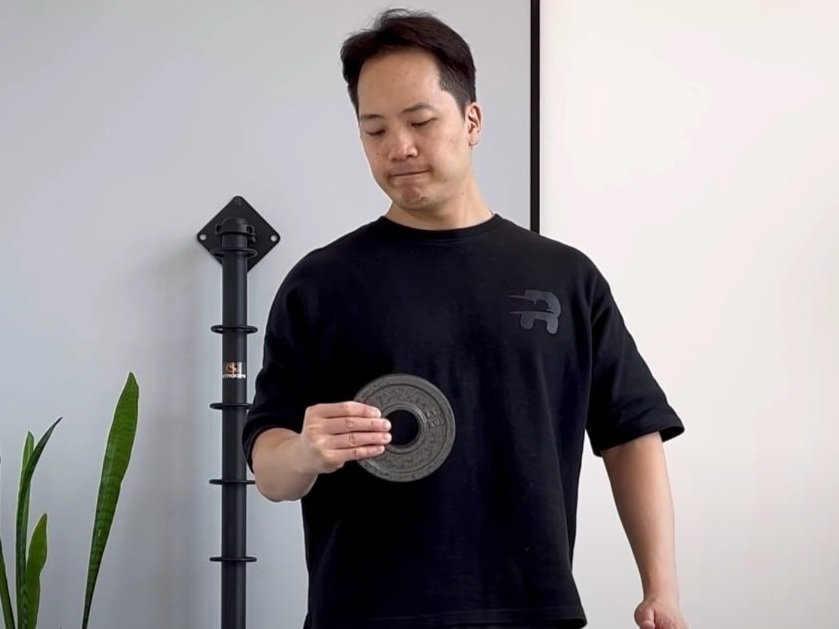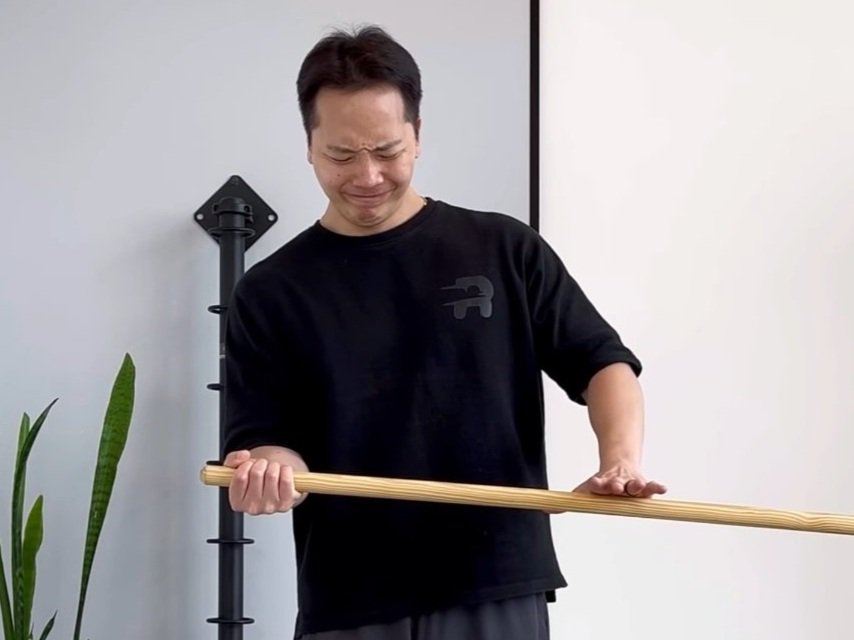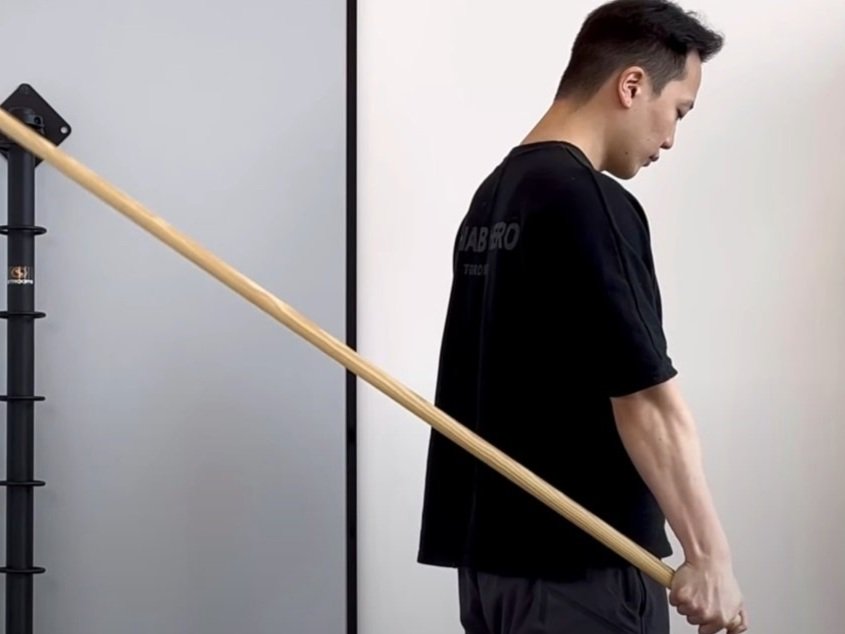Carpal Tunnel Syndrome
Carpal Tunnel Syndrome Review
What You Need to Know About This Condition
What is Carpal Tunnel Syndrome?
When feeling any sort of wrist pain, discomfort, or weakness, people's first thoughts are that they might have Carpal Tunnel Syndrome (CTS). But what exactly is carpal tunnel syndrome and how does it develop? CTS is a form of nerve entrapment that occurs due to compression of the median nerve along the carpal tunnel located in the wrist. CTS is the most common form of ‘entrapment neuropathy’. Entrapment neuropathy is a medical term that means compression of a nerve resulting in dysfunction of one or more peripheral nerves causing numbness, tingling, and/or weakness.
Signs & Symptoms of Carpal Tunnel Syndrome
● Pain, numbness, and paresthesia
● Symptoms going down into thumbs, index finger, middle finger, the first half of the ring finger (Thumb Side)
● A shock-like sensation moving into your fingers
● Weakness in the hands with loss of grip strength and dexterity
● Numbness and tingling traveling upwards into your arm
● Atrophy of thenar musculature
● Symptoms worse in the mornings
● Disruptive sleep due to discomfort
Structures involved:
The Carpal Tunnel is a passageway from the wrist into the hand. The carpal tunnel is composed of tendons, ligaments, and bones. The deep carpal arch is located on the palmar side of the hand. It is formed by the scaphoid and trapezium tubercles on the outside portion of the hand. It is formed on the inside portion of the hand by the hook of hamate and pisiform bone.
The flexor retinaculum is a fibrous connective tissue forming the roof of the carpal tunnel. It spans from inside the wrist at the hook of hamate to the outer portion of the wrist at the trapezium. Within the carpal tunnel, 9 tendons are surrounded by synovial sheaths and the median nerve. The tendons involved are flexor pollicis longus, flexor digitorum profundus, and flexor digitorum superficialis.
The median nerve then passes through the tunnel providing sensation to the thumb, index finger, middle finger, and the thumb portion of the ring finger.
Risk Factors:
Certain population type and variables may make an individual more susceptible to getting Carpal Tunnel Syndrome, here are a few examples:
1. If you are a woman, you are three times more likely to get CTS in comparison to men. Woman tend to have smaller carpal tunnels than men, making them more susceptible to this form of nerve entrapment
2. Having someone in the family who has a smaller carpal tunnel makes you more susceptible to developing CTS due to the passing of these traits (genetic factors)
3. Have a career or job which involves repetitive motions with your arm, elbow, hand, and wrist. Examples of Jobs: Knitter, Baker, Cashier, Hairstylist, Barber, Musician, Assembly line worker.
4. Obesity: This is a modifiable risk factor with appropriate lifestyle changes. Recent weight gain and obesity are a risk factor for CTS because there is an increase in fluid accumulation in the tissue space of the carpal tunnel
Clinical Relevance:
As mentioned earlier, some of the clinical features of CTS include numbness, tingling, and pain in the pathway of the median nerve. There are a few physical examinations your clinician may utilize during your first appointment at Rehab Hero.
A few examples include:
Tinels Sign: Tapping the nerve in CT to elicit pain in Median nerve distribution
Phalen's Maneuver: Phalen's maneuver is used when there is a suspected CTS, the patient is asked to flex the wrist to 90 degrees of flexion and hold for 1 minute. Symptoms following the median nerve distribution. This test is used to diagnose Carpal Tunnel Syndrome
Treatment Options:
Treating Carpal Tunnel Syndrome will require the clinician to do a thorough assessment to help rule out other differential diagnoses such as myofascial pain, pronator teres syndrome, rheumatoid arthritis, neuropathy, wrist fracture, cubital tunnel syndrome, or Cervical Nerve root compression located in the neck.
The assessment will give a better understanding of the possible structures involved and a solid understanding of the symptom picture. The severity of the injury plays a role in recovery time. On average it may take anywhere between 3-6 months of treatment, active recovery, planned rest, and rehabilitation to heal and improve the integrity of the wrist.
How can Massage Therapy, Physiotherapy, & Chiropractic Treatments Help CTS?
The clinician may look for things like ergonomics, shoulder, elbow, and hand biomechanics, postural dysfunction, and muscular imbalances that may have an impact on the wrist and Carpal Tunnel symptoms.
They can also do a global assessment to see any other biomechanical factors that may have contributed to the injury. The therapist may use different modalities such as sports massage, myofascial release, joint mobilizations, and medical acupuncture to help with the management of Carpal Tunnel Syndrome.
The clinician may also recommend a wrist brace. A wrist brace can be an effective treatment option if the patient is experiencing mild to moderate CTS. There are no negative side effects, however, it may not work for everyone. It is often advised to wear a brace during the night when you’re sleeping. Splinting or bracing the wrist in extension during sleep can help ease overnight symptoms and flare-ups early in the morning.
The use of exercise prescription may also be utilized to help with recovery, improve movement patterns, and help build better strength, fine motor skills, and integrity in the wrist!
To book a virtual or in-person appointment with a qualified Chiropractor, Physiotherapist, or Massage Therapist click the button below:
Home Exercise Management for Carpal Tunnel Syndrome:
The exercises prescribed will depend on your assessment and stage of healing. That being said, here are some basic exercises that are sometimes prescribed at the beginning of a rehab program for Carpal Tunnel Syndrome
Other exercises may include nerve flossing and tendon gliding. To learn more advanced exercises or exercises specific to your current symptoms click the link below to consult a Rehab Hero therapist:

